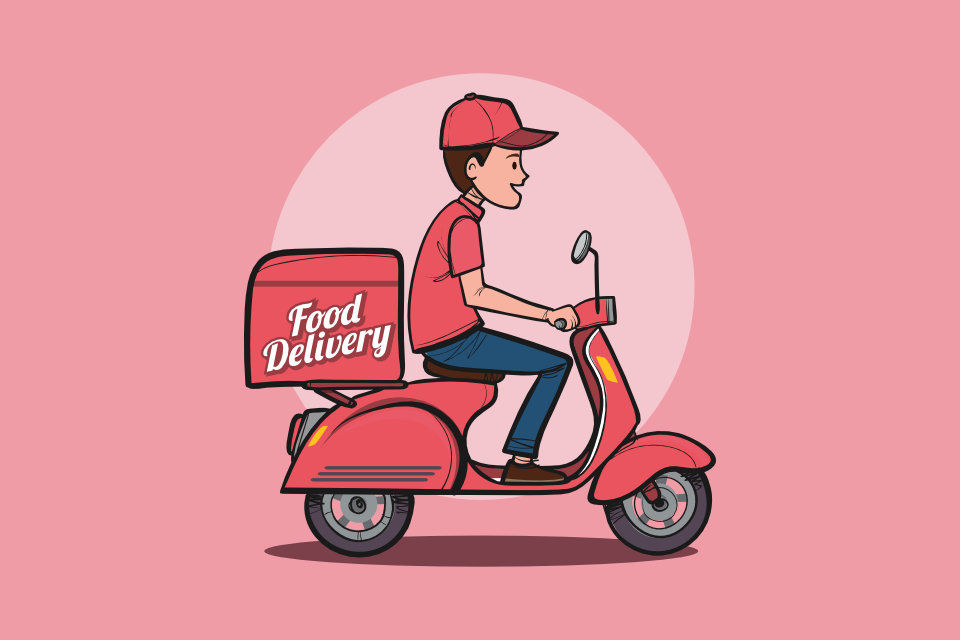The downsides to using third-party food delivery services
- Ben
- Mar 28, 2020
- 2 min read

It’s lunchtime at your work-place, which is when everyone around your cubicle, unveils a vast array of delicious food that they will enjoy and devour. You, on the other hand, do not have any container to open that consists of something mouthwatering and delectable to satisfy your hunger.
As a result, you’re seated in your chair with a frowning face and crossed arms. All of a sudden, you recognize that your smartphone has UberEats, which is when you smile at the realization that you won’t be left hungry.
How the process works is after a customer completes their order, the app contracts with drivers who use their own cars to accomplish the deliveries. As a result, these services earn money through the restaurant’s commissions or delivery fees. The exceptional growth of these third-party apps reveals consumers are willing to participate with the convenience and variety of food options.
On the contrary, some customers have experienced long wait times, leading to the food arriving cold, and special dishes such as sushi arriving too warm. This is occurring despite the poor service being dealt through customer reviews on the app. However, UberEats is constantly working to improve logistics and decrease delivery times.
The ease of ordering from your favorite restaurants with a few touches of buttons may lure many people into participating in the practice. However, little do people know that food delivery apps such as Grubhub, UberEats, Doordash, and Postmates are hurting popular restaurants and food-chains. Some of the major food chains such as Jimmy Johns, Olive Garden, and Panera Bread have rejected third-party delivery since it eats into their profits.
UberEats and GrubHub charge upwards to 30 percent for commission. As a result, this would disrupt the restaurants’ traditional business models and hurt restaurant employees who need the hard-earned money to support their families. This is especially a problem for local, family-owned restaurants who may not have the funds necessary to pay the commission.
Even though, as it may seem UberEats and GrubHub are more popular nowadays, most of the deliveries completed aren’t profitable. At the end, some of them have aimed to reshape the restaurant industry. However, there are methods that consumers can take to still enjoy their favorite local restaurants without always using third-party delivery services.
One good idea for hungry customers is to call the restaurant directly, as this will provide great value to the order. Customers can also check out restaurants that have their own apps, especially local restaurants in big cities.
In addition, major chains such as Panera Bread, Chick-Fil-A, Cava Mezze, and Chipotle have their own apps where people can order directly from their phones. The downside is that they do not deliver directly to the house, but pickup takes less time than ordering in store then waiting for the food to be made.
Food delivery plays a large role in the restaurant industry and is a source of income for many. However, it is important to strike a balance between ordering from third-party services and ordering directly from restaurants, especially if you are ordering from local, family-owned businesses.
Sources:
https://www.eater.com/2019/5/29/18636255/delivery-apps-hurting-restaurants-grubhub-seamless-ubereats






Comments